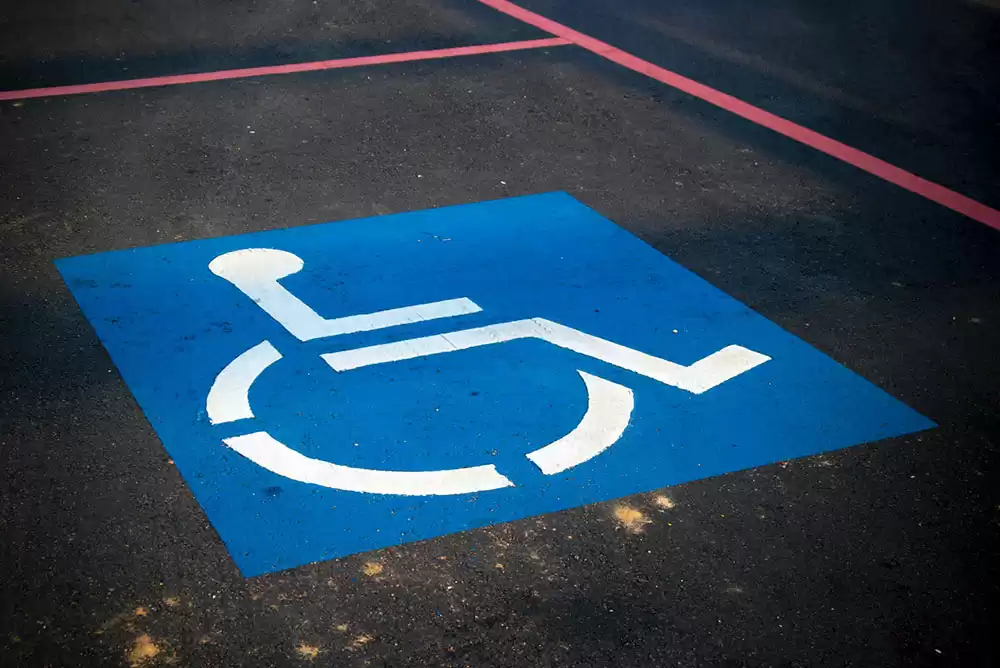The Americans with Disabilities Act (ADA) was created to ensure that people with disabilities have equal access to public accommodations, commercial facilities, and residential buildings, including apartments. As general contractors building an apartment in Southern California, it is vital to understand the accessibility requirements for both common areas and individual units to comply with ADA regulations and avoid potential legal liability and costly retrofits.
Overview of ADA Requirements for Apartment Buildings
Under Title III of the ADA, all new construction and alterations to apartment buildings must comply with accessibility requirements. For new construction, all common areas, including lobbies, hallways, and recreational facilities, must be designed to accommodate individuals with disabilities. Additionally, individual units must have features that allow people with disabilities to live independently, including accessible doorways, kitchens, and bathrooms.
Accessibility Requirements for Common Areas
Common areas must be designed with accessible routes and features enabling individuals with disabilities to access and use the space. Entrances must be accessible, with proper ramping or elevators. Elevators must be large enough for wheelchairs or scooters, and buttons and call signals must be accessible. Signage must be posted at appropriate heights, with proper wording and symbols. Bathrooms, including stalls and sinks, must be accessible.
Accessibility Requirements for Individual Units
Individual units must also meet specific accessibility requirements, with features such as doorways with appropriate widths, turning radii, and threshold heights. Kitchens must have countertops with sufficient knee space, and controls for appliances and cabinets must be within reach. Bathrooms must have grab bars, accessible toilets, sinks, and bathtubs or showers. It is also essential to have custom ADA signs, such as ADA room signs, ADA apartment signs, or ADA-compliant interior signs, properly installed and placed.
Compliance Strategies for General Contractors
General contractors must ensure that they comply with the ADA regulations during construction. To ensure compliance, contractors can hire an accessibility consultant to review their plans and site conditions, conduct regular inspections, and work closely with architects and designers. Early planning and coordination can help avoid costly retrofits or legal liability.
Conclusion
Complying with the ADA regulations is crucial for general contractors building apartment buildings in Southern California. By adhering to accessibility requirements for common areas and individual units, contractors can create safe, accessible, and inclusive spaces for all individuals, including those with disabilities. Ensuring that custom ADA signs are properly installed and placed is also essential to help individuals navigate the space. At Resource 4 Signs, we are experts in ADA signage and can help you create and install the custom ADA signs you need.





